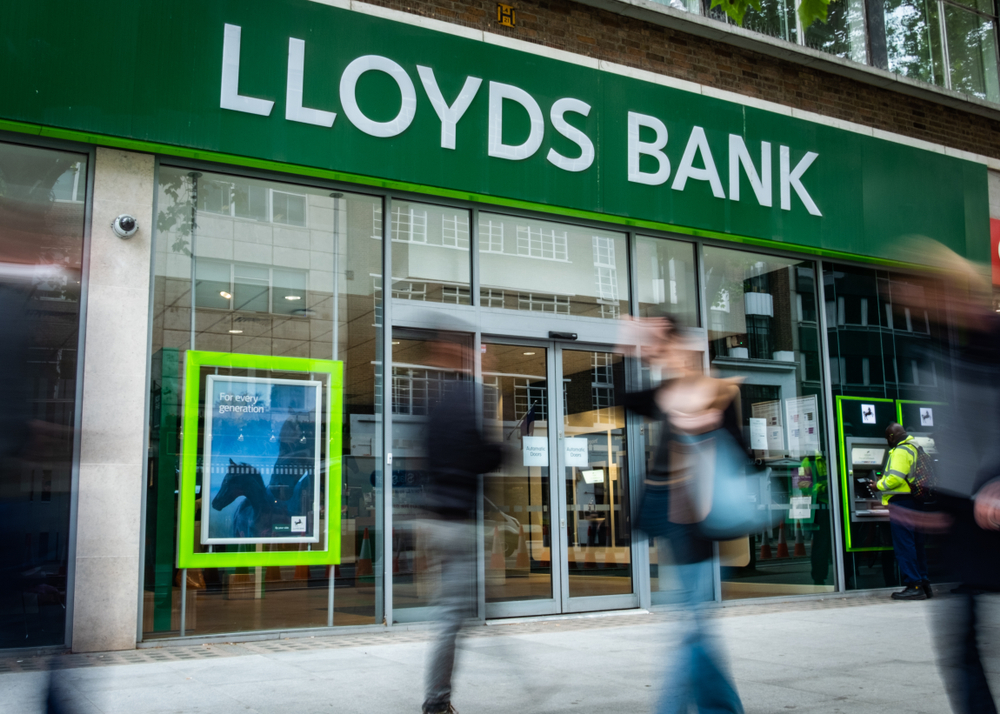Lloyds Banking Group (LLOY) is one of the largest banks in the country. It has 26 million active customers, and post-tax profits last year exceeded £5.5 billion. By most metrics, Lloyds is among the most profitable companies in LSE. In this analysis, I give my thoughts on why the Lloyds share price going down and if will it recover.
Lloyds group strategy update
On 5 October, Lloyds Bank updated the market on its strategy. The key takeaway from that meeting was the reiteration of Lloyd’s commitment to growth and share price recovery.
Currently, Lloyds is the number one provider of mortgages, loans and leasing products. Consumer loans totalled £362 billion in the first half. Earnings growth is achieved either organically or via M&A (ie, acquisition of Embark Group). Cost savings are progressing accordingly. All in all, it seems Lloyds is strategically well positioned in the current inflationary period.
That’s the fundamental side of the equation.
Sector-wide selling pressure
Now, does the stock market agree with the new Lloyds management strategy? Sometimes, there can be a ‘disconnect’.
To answer this we have to pay more attention to the share price trend of Lloyds. The bank stock peaked earlier this year above 50p; and, much to the surprise of most, Lloyds has slid persistently south since. Only when the price dropped near the psychological 40p level did the selling pressure abate somewhat.
If Lloyds was the only one falling, that would be highly concerning. A cursory look at other bank stocks – like Barclays (BARC) and Natwest (NWG) – reveals a sector-wide decline. The latter even lost a CEO this year due to the Farage fiasco.
Poor macro environment
Is the market anticipating some negative events in the banking industry?
Two (related) macro developments are causing investors to be cautious about UK bank shares recovering.
- The first is the rising interest and mortgage rates. This is squeezing consumers spending; at the minimum, making household spend less.
- Second, a struggling UK housing market. Wobbly property prices always weigh on banks due to their large mortgage books.

Recovery?
While Lloyds is still minting profits, the market is far less certain about its intermediate future. Unless these foggy macro clouds are lifted, chances of a strong rebound are low. Yes, the bank seems ‘cheap’ (yield 5.8 percent). But value investors here must be patient.

Jackson is a core part of the editorial team at GoodMoneyGuide.com.
With over 15 years of industry experience as a financial analyst, he brings a wealth of knowledge and expertise to our content and readers.
Previously, Jackson was the director of Stockcube Research as Head of Investors Intelligence. This pivotal role involved providing market timing advice and research to some of the world’s largest institutions and hedge funds.
Jackson brings a huge amount of expertise in areas as diverse as global macroeconomic investment strategy, statistical backtesting, asset allocation, and cross-asset research.
Jackson has a PhD in Finance from Durham University and has authored over 200 guides for GoodMoneyGuide.com.
To contact Jackson, please ask a question in our financial discussion forum.

